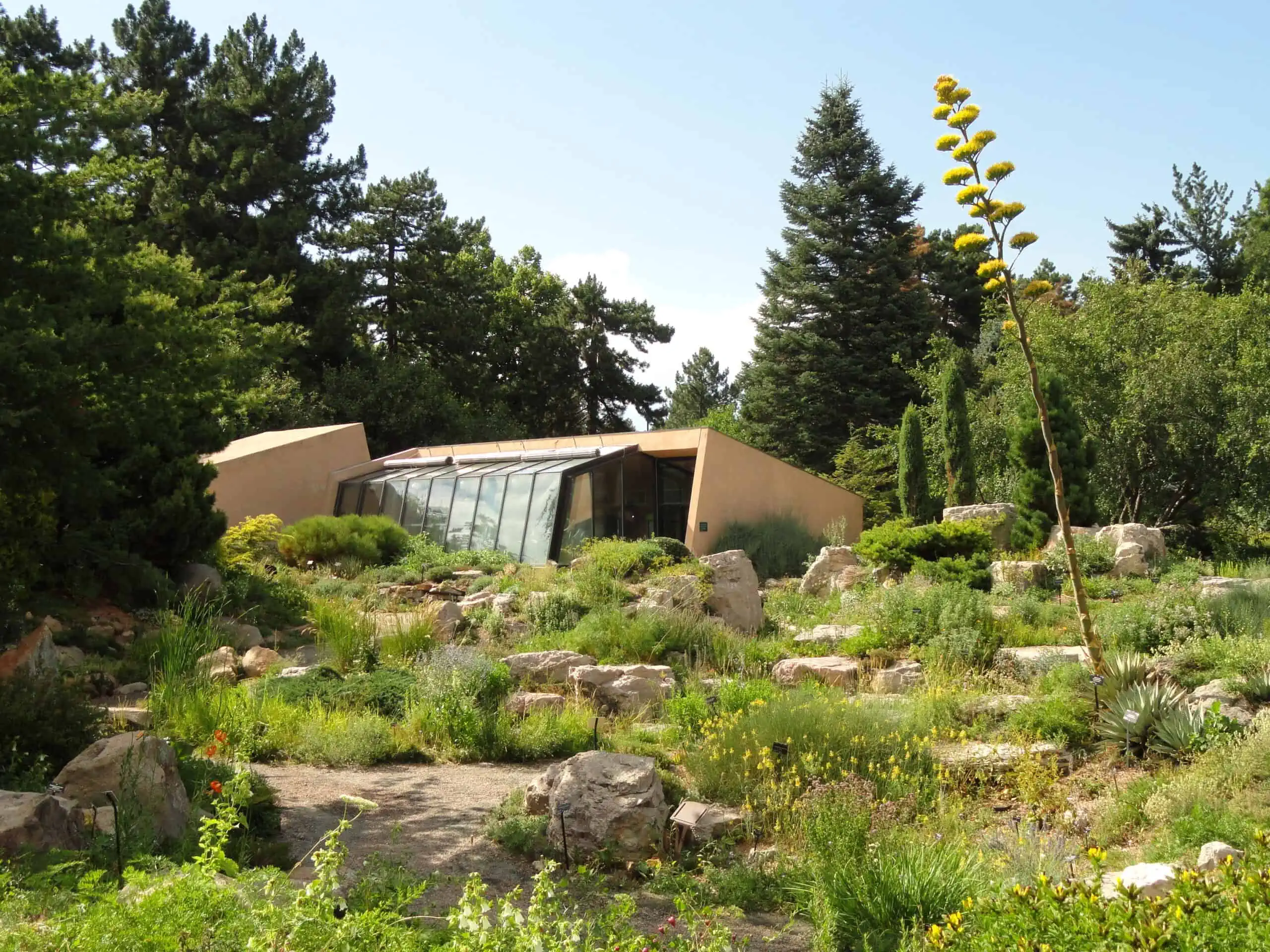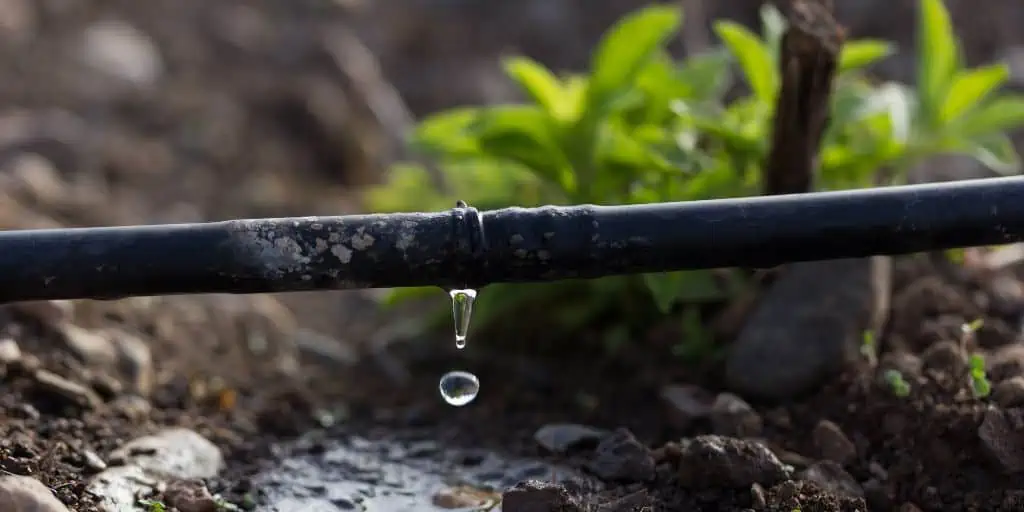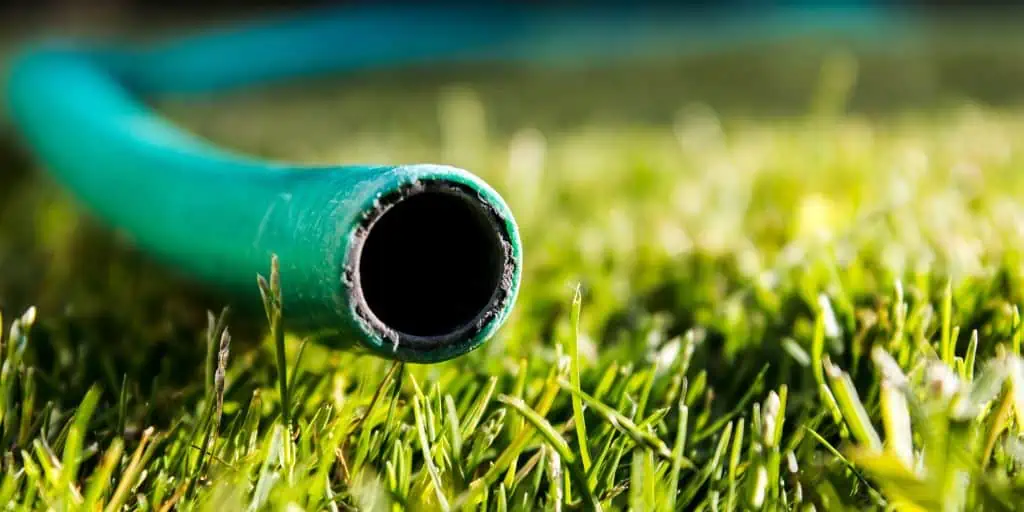What Is Xeriscaping?
Shortcuts
- Xeriscaping is a particular form of landscaping that aims to minimize water usage while enhancing property appearance.
- Depending on the climate, its design relies on soil management, efficient irrigation, and plant selection.
- Xeriscaping is a good way to enhance curb appeal, which can drive up property values in real estate.
- There are some challenges and controversies surrounding xeriscaping, such as being limited by homeowners’ association regulations.
An Overview of Xeriscaping
The term “xeriscaping” comes from the Greek word xeros, meaning dry, and landscaping[1]. The term was first coined in the early 1980s by the Denver Water Department and Colorado State University[2] to describe water-efficient landscaping to address water shortages in the western United States.
As a landscaping technique, it conserves water resources while creating an attractive and sustainable landscape design. Xeriscaping incorporates several fundamental principles and design considerations.
Principles and Design of Xeriscaping
One of the main principles of xeriscaping is to select plants well-suited to the local climate and soil conditions. This can include using drought-tolerant plants, native plants, or plants with minimal water requirements, such as cacti and other desert plants[3].
Another focus aimed at drought tolerance is to use efficient irrigation systems. One example is drip irrigation, which delivers water directly to the root zone of plants and is 90% more efficient than similar processes[4]. An alternative is a rainwater harvesting system that collects and stores rainwater for later use.
Soil improvement (by amending the soil with organic materials, sand, and others) is essential to a xeriscaped garden[5]. With this, owners can improve soil structure and water retention and provide nutrients for plant growth.
Design considerations for xeriscaping can include hardscaping features[6], such as decorative rocks, pathways, or retaining walls. These features can add visual interest and texture to the landscape design while reducing water usage and maintenance requirements.
Xeriscaping in Real Estate
Xeriscaping can significantly impact real estate by increasing property values. In addition, because it helps conserve water, a xeriscaped property is highly appealing in areas where water is scarce.
There are additional advantages to xeriscaping in real estate, whether for a buyer or a seller:
- Increased property value: An attractive and resource-efficient landscape design can increase property values, making them more appealing to potential buyers or tenants.
- Reduced maintenance costs: Xeriscaping can help reduce the amount of water and maintenance required to keep a property looking its best[7]. This can save owners money on water bills, landscaping services, and other maintenance expenses.
- Improved environmental sustainability: Xeriscaping is an eco-friendly landscaping technique that can help address concerns about water conservation and environmental impact.
- Adaptation to changing climate conditions: Xeriscaping can help owners and sellers adapt to changing conditions and ensure their properties remain resilient in the face of environmental challenges.
Improving Curb Appeal With Xeriscaping
Xeriscaping is a great way to improve a property’s curb appeal while conserving water and minimizing landscape maintenance requirements. With a bit of planning and creativity, property owners can use xeriscaping techniques to create an attractive, low-maintenance landscape well-suited to the local climate.
One key strategy for improving curb appeal with xeriscaping is to focus on creating a visually appealing design that complements the architecture and style of a home. This can include using a variety of colors, textures, and shapes in plant selection, as well as incorporating hardscaping features such as pathways, retaining walls, or decorative rocks.
Another important consideration is choosing appropriate plants for the local climate and soil conditions. For instance, drought-resistant plants, succulents, and native plants are often good choices for xeriscaping because of their low-maintenance qualities.
In addition, it’s important to use efficient irrigation systems and soil improvement techniques to optimize outdoor watering and minimize water waste. As mentioned, drip irrigation systems, rainwater harvesting, and mulching can all effectively reduce water usage and conserve resources.
What Soil Best Suits Xeriscaping?
The best soil for xeriscaping depends on the specific needs of the plants as well as the local climate and soil conditions[8]. In general, xeriscaping requires soil with good water retention, drainage, and aeration.
One common approach to soil preparation for xeriscaping is to integrate organic matter into the soil. This both improves soil structure and water retention and provides nutrients for plant growth. Organic matter can include materials like compost, manure, or leaf litter.
Mixing the soil with sand or other materials may also be necessary to improve drainage and prevent waterlogging. Again, a soil test can help determine the specific soil composition and the kind of mixture it needs.
As mentioned previously, xeriscape plants are just as important as the soil in which they’re planted. Native vegetation is a primary driver of the xeriscaping movement[9], as these plants are adapted to the local environment and already support the regional ecosystems.
Examples of Xeriscaping
There are many examples of xeriscaping in practice. These illustrate how the process can be used in various climates and regions to create beautiful, eco-friendly landscapes.
Some specific examples include:
- Denver Botanic Gardens in Colorado features over 50,000[10] plants requiring minimal water and maintenance.

Denver Botanic Gardens (Daderot, public domain)
- The Las Vegas Springs Preserve is a 180-acre nature preserve using xeriscaping techniques to create a sustainable and water-efficient landscape[11].
- Zanjero Trails development in Arizona, which features xeriscaping in its common areas, has seen increased property values[12].
- The Desert Vista community in California uses xeriscaping to create a low-maintenance landscape that suits the local climate.
Controversies and Challenges to Xeriscaping
Xeriscaping has some controversies and issues that property owners should be aware of.
One controversy surrounding xeriscaping is the aesthetic appeal (or lack thereof, as some argue). Critics feel that xeriscaping can be unattractive or lack variety and may prefer more traditional landscaping designs[13]. However, this is largely a matter of personal preference, and many property owners have successfully used xeriscaping to create beautiful and unique landscapes.
Another issue is that some homeowner associations (HOAs) may have strict guidelines about the types of landscaping allowed, which may limit the use of xeriscaping. Therefore, property owners should keep themselves informed of these rules and regulations before undertaking any xeriscaping projects.
There are also legal issues related to water rights and xeriscaping. In some areas, water usage is heavily regulated, and property owners may face fines or other penalties if they exceed water usage limits. Even if the intention is water conservation, it’s important to check local water regulations and consult an attorney, if needed, to comply with all applicable laws.
Sources
- Beaulieu, D. (2023,February 13.) Guide to Xeriscape Landscaping. The Spruce. Retrieved from https://www.thespruce.com/xeriscape-landscaping-meaning-2131129
- Duncombe, C. (2021, September 7.) Forty Years Ago, Xeriscaping Started Changing the Landscape of Denver. Westword. Retrieved from https://www.westword.com/news/denver-water-xeriscape-drought-resistant-landscaping-12234330
- Xeriscaping. (2022, May 20.) National Geographic. Retrieved from https://education.nationalgeographic.org/resource/xeriscaping/
- Drip Irrigation. (n.d.) The University of Rhode Island. Retrieved from https://web.uri.edu/safewater/protecting-water-quality-at-home/sustainable-landscaping/drip-irrigation/
- Śpitalniak, M., Bogacz, A., & Zięba, Z. (2021). The Assessment of Water Retention Efficiency of Different Soil Amendments in Comparison to Water Absorbing Geocomposite. Materials (Basel, Switzerland), 14(21), 6658. Retrieved from https://doi.org/10.3390/ma14216658
- Landscaping for Water Conservation. (n.d.) United States Department of Energy.Retrieved from https://www.energy.gov/energysaver/landscaping-water-conservation
- Kavanagh, K. (2022, July 18.) Xeriscaping in Commercial Properties. CRE Insight Journal. Retrieved from https://creinsightjournal.com/xeriscaping-in-commercial-properties/
- Fuller, J. (2008, April 1.) How Xeriscaping Works. HowStuffWorks. Retrieved from https://home.howstuffworks.com/lawn-garden/professional-landscaping/xeriscaping3.htm
- Xeriscaping. (n.d.) CalRecycle. Retrieved from https://calrecycle.ca.gov/organics/xeriscaping/
- Wenzel, J. (2020, April 18.) Denver Botanic Gardens’ giant Spring Plant Sale is still on — but you have to move quick. The Denver Post. Retrieved from https://www.denverpost.com/2020/04/18/denver-botanic-gardens-spring-plant-sale-2020/
- Free Online Class: Basics of a Water Smart Landscape. (n.d.) Las Vegas Springs Preserve. Retrieved from https://www.springspreserve.org/events/?id=2319
- Leedy, S. (2022, December 28.) New Optima N. Scottsdale Will be a $1 Billion Sustainable Mixed-Use Development. Arizona Foothills Magazine. Retrieved from https://www.arizonafoothillsmagazine.com/in-house/in-house-news/new-optima-n-scottsdale-will-be-a-1-billion-sustainable-mixed-use-development
- Karimian Z. (2019.) The conflict of landscape aesthetic preferences with sustainable green space in arid regions. FOP; 4 (1) :1-12. Retrieved from http://flowerjournal.ir/article-1-146-en.html











